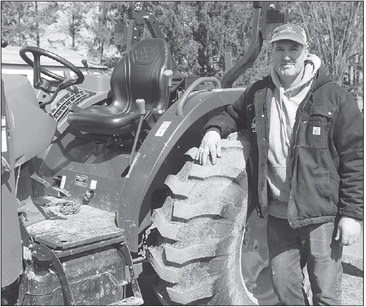FROM GOOD TO


GREAT
County payments nudge Wien farmers to try no-till
Can anything be done to halt agricultural pollution in the Big ...


GREAT
County payments nudge Wien farmers to try no-till
Can anything be done to halt agricultural pollution in the Big ...